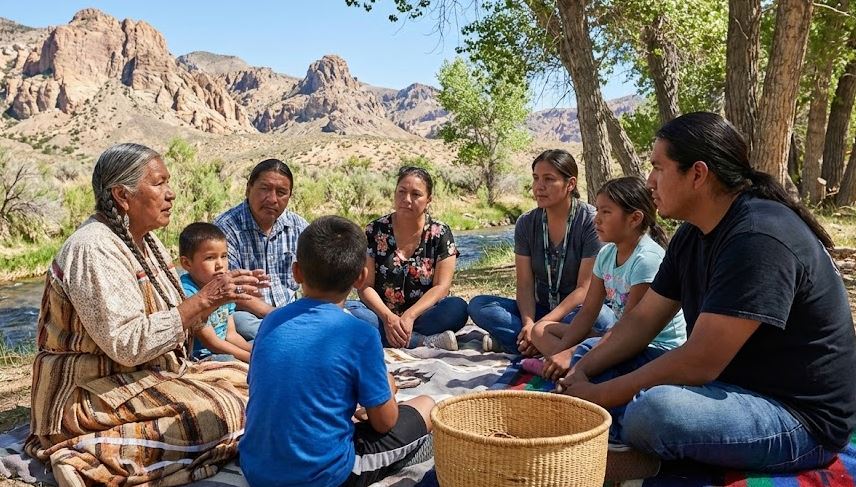Naming the Gulf of Mexico: A History of Shifting Identities and Contested Waters
This article explores the fascinating history of the Gulf of Mexico's various names, revealing the diverse cultures and historical events that have shaped its identity.
Indigenous Perspectives: Before European Arrival
Before European contact, the indigenous peoples living along the Gulf Coast had their own names for this body of water. The Maya civilization, flourishing in present-day Mexico and Central America, referred to the Gulf as "nahá," meaning "great water," a testament to its immense size and importance, as documented in Mayan linguistic studies and archaeological research. The Aztecs, whose empire dominated central Mexico, had their own name for the Gulf: "Chalchiuhtlicueyecatl," meaning "House of Chalchiuhtlicue," referencing the Aztec goddess of water and fertility, Chalchiuhtlicue, as noted in Aztec codices and scholarly interpretations of Aztec religion. These indigenous names highlight the deep connection between the people and the water that sustained them.
The Age of Exploration: Spanish Claims and Early Names
With the arrival of Spanish explorers in the 16th century, the Gulf began to acquire European names, reflecting their claims and understanding of the region. Early Spanish explorers, including Hernán Cortés, referred to the Gulf as the "Gulf of Florida" (Golfo de Florida) or the "Gulf of Cortés" (Golfo de Cortés), asserting Spanish dominion over the surrounding lands and acknowledging Cortés's role in the conquest of Mexico, as seen in early Spanish maps and colonial documents. These names reflected the Spanish perspective and their ambition to control the region.
Mapping the Gulf: Early Cartographic Representations
Early European mapmakers played a crucial role in shaping the perception and naming of the Gulf. Some early maps labeled the Gulf as "Seno de Mejicano," meaning "Mexican bay or gulf," reflecting the growing awareness of New Spain (Mexico) as a major geographical and political entity. Abraham Ortelius, a prominent 16th-century cartographer, labeled the Gulf as "Mare de Nort" (Sea of the North) in his 1584 atlas, highlighting its position relative to the known world at the time, as documented in studies of early cartography.
A Pirate's Perspective: Baptista Boazio's Map
In 1586, Italian cartographer Baptista Boazio created a map depicting Sir Francis Drake's fleet skirting the edge of the "Baye of Mexico," offering an early instance of the "Mexico" designation in English, as preserved in historical map collections. This map provides a glimpse into the evolving understanding of the Gulf's geography and its growing association with Mexico.
The Emergence of "Gulf of Mexico"
The name "Gulf of Mexico" gradually gained prominence over time. While the exact origin of the name's widespread adoption is debated, it's clear that "Gulf of Mexico" was in use by the late 16th century, reflecting the growing recognition of Mexico (New Spain) as the dominant power in the region. The name comes from the Nahuatl word Mexica.
A Brief and Controversial Rename: The "Gulf of America"
In a surprising and controversial move, in 2025, the U.S. Board on Geographic Names adopted the name "Gulf of America" for use by U.S. federal agencies, a change that was in accordance with an executive order. This renaming sparked significant debate and was not widely accepted internationally or by other entities bordering the Gulf. (It's crucial to present this event factually, without endorsing or condemning the action, but acknowledging its controversial nature.)
The Gulf of Mexico's history is reflected in its many names. From the indigenous names that acknowledged its life-giving properties to the colonial designations that reflected claims of ownership, the Gulf's identity has been shaped by diverse cultures and shifting political landscapes. While "Gulf of Mexico" remains the most widely accepted name, the brief and controversial adoption of "Gulf of America" by U.S. federal agencies underscores the ongoing political dimensions of naming and the enduring power of place names to reflect history, identity, and control. The story of the Gulf's name is a reminder that even seemingly simple geographical designations can be imbued with complex layers of meaning and historical significance.
Sources:
- Mayan linguistic studies and archaeological research
- Aztec codices and scholarly interpretations of Aztec religion
- Early Spanish maps and colonial documents
- Studies of early cartography
- Historical map collections (for Boazio's map)
- U.S. Board on Geographic Names records
- News articles and reports on the 2025 renaming controversy
- Academic articles on the history of place names




 The Gulf of Mexico's history is reflected in its many names. From the indigenous names that acknowledged its life-giving properties to the colonial designations that reflected claims of ownership, the Gulf's identity has been shaped by diverse cultures and shifting political landscapes. While "Gulf of Mexico" remains the most widely accepted name, the brief and controversial adoption of "Gulf of America" by U.S. federal agencies underscores the ongoing political dimensions of naming and the enduring power of place names to reflect history, identity, and control. The story of the Gulf's name is a reminder that even seemingly simple geographical designations can be imbued with complex layers of meaning and historical significance.
The Gulf of Mexico's history is reflected in its many names. From the indigenous names that acknowledged its life-giving properties to the colonial designations that reflected claims of ownership, the Gulf's identity has been shaped by diverse cultures and shifting political landscapes. While "Gulf of Mexico" remains the most widely accepted name, the brief and controversial adoption of "Gulf of America" by U.S. federal agencies underscores the ongoing political dimensions of naming and the enduring power of place names to reflect history, identity, and control. The story of the Gulf's name is a reminder that even seemingly simple geographical designations can be imbued with complex layers of meaning and historical significance.